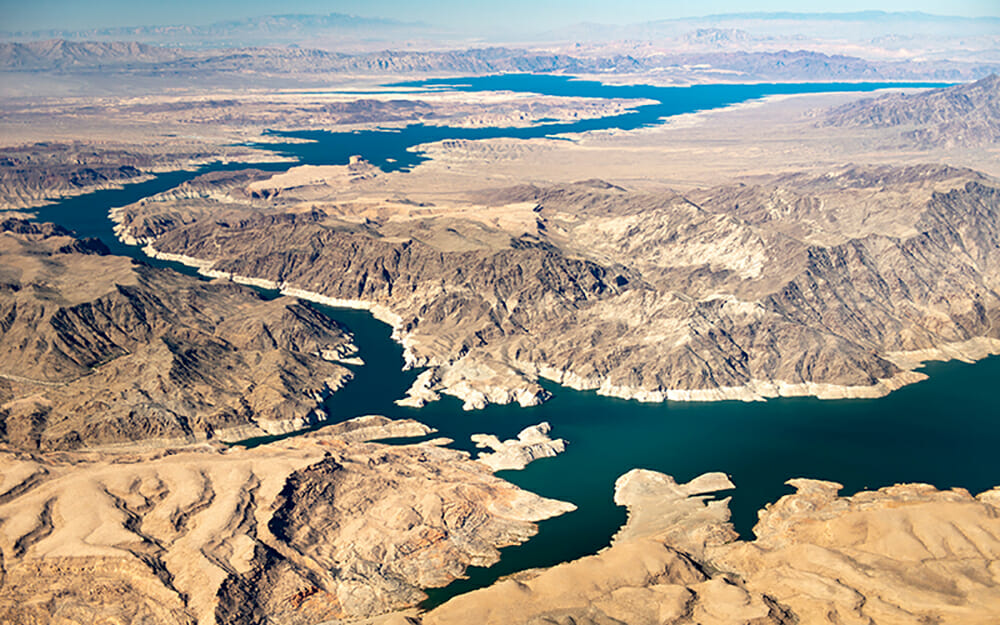None of us has a crystal ball, but we can be certain that Arizona’s water future will require a variety of adaptive changes.
We must adjust to reduced availability of Colorado River water and adjust to enhanced regulation of groundwater uses. This regulation will come in various forms. For the first time in decades, additional groundwater basins have been designated for regulation as a new Active Management Area (AMA) and a new Irrigation Non-Expansion Area (INA). For some water users and landowners, the result is restricted access to groundwater supplies.
LEARN MORE: Arizona limits construction in Metro Phoenix over water concerns
In existing AMAs, regulatory postures and constraints on available supplies could pose constraints on real estate development. Earlier this month, Governor Hobbs and the Arizona Department of Water Resources (ADWR) released a new groundwater model for the Phoenix AMA. Based on the current the modeling results, ADWR does not intend to issue new approvals that are necessary for developers to subdivide and sell land. There will be efforts to improve the model to hopefully demonstrate that additional groundwater is physically available for development. Whether or not that initiative is successful, development plays a vital role in our local economy and we need to find solutions.
One solution is making targeted adjustments to the legal regime. As one example, in areas where agricultural water use is high, certain restrictions have the unintended consequence of perpetuating higher net groundwater use. There are areas, where groundwater pumping exceeds annual recharge, in which transitioning some agricultural lands to development (i.e. “urbanization”) would reduce the annual groundwater overdraft. That’s because an acre of urban land uses far less water than an acre of agricultural land.
There are agricultural lands poised for urbanization; where farmers are willing to sell their land for development, the result would be a net water savings. However, the necessary regulatory approvals for development cannot be obtained in certain areas where the groundwater supply is considered to be overallocated. The result is that the regulatory barriers to developing the land leaves farmers with no economically viable choice but to prolong their higher agricultural water uses.
Other solutions involve advancements in efficiency, conservation, and reuse. For instance, multiple major municipalities are investing heavily in water recycling technology. Treated effluent will be used for much more than golf course irrigation, and these expanded uses of recycled water will include potable reuse.
Whatever else is pursued, the introduction of new water supplies must be a major feature of our water future. There are many proposals for bringing new supplies to Arizona. Some of the most promising involve desalination (desal), which is the removal of minerals salts from ocean water so that it can be used for domestic and other uses.
Desal has been a topic of discussion in Arizona for decades. In the past, the idea centered on a water exchange in which Arizona would help fund desalination plants that would deliver desalinated water for use in California or Mexico. In exchange, Arizona would receive additional water from the Colorado River.
Today, however, doubling down on the Colorado River is far less enticing than it was 20 years ago.
Accordingly, the most exciting possibility is to invest in desal plants and a pipeline to deliver water directly to Central Arizona, likely through an inter-connection with the Central Arizona Project (CAP) system that distributes Colorado River water within Maricopa, Pinal, and Pima counties. The best location for desal plants may be Mexico’s Gulf of California. As the crow flies, that drought-proof water supply is only 170 miles away from Phoenix. Accessing the Pacific Ocean by crossing California would require a significantly longer pipeline, and, in terms of regulatory red tape, a partnership with Mexico may prove more desirable.
In either event, there will be significant legal hurdles to overcome, and the price tag will be very high. But the $1 billion investment that Arizona made in water augmentation in 2022 would seem to indicate that we have the societal buy-in and the political will to do what is necessary to ensure Arizona’s water future.
Author: Sean Hood chairs Fennemore’s Business Litigation practice group. He has been named “Lawyer of the Year” in water law by The Best Lawyers in America© 2023, and he’s recognized as a Band 1 practitioner by Chambers USA. Sean chairs Fennemore’s Business Litigation practice group. He has two decades of experience advising Fortune 500 companies and other businesses on a broad range of disputes involving water rights, environmental permitting, partnership and shareholder interests, breach of contract, business torts, and real estate.




